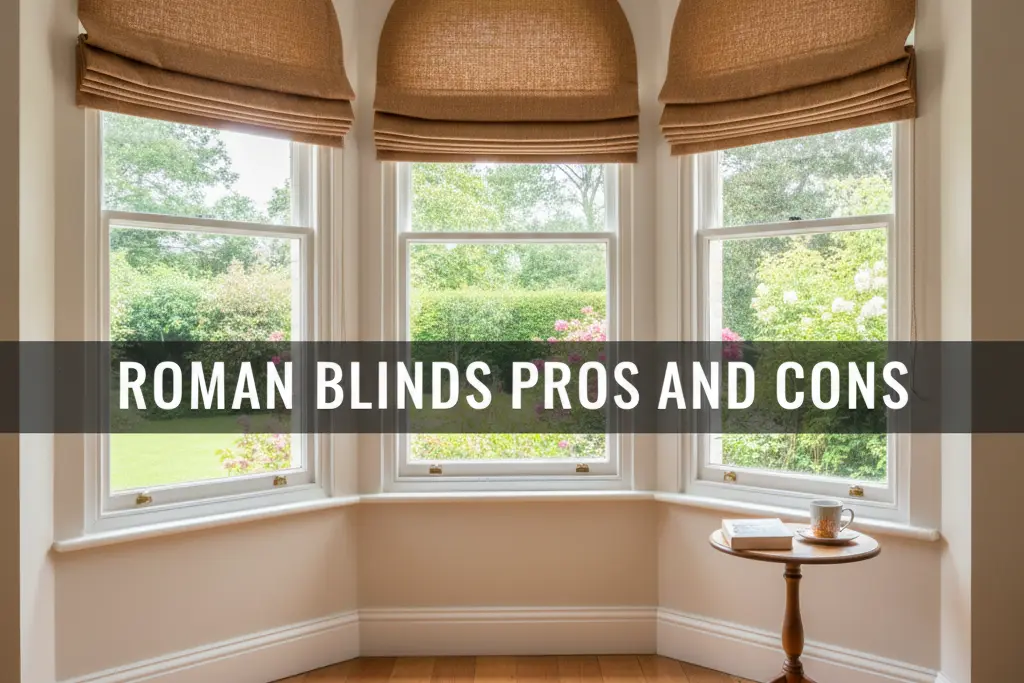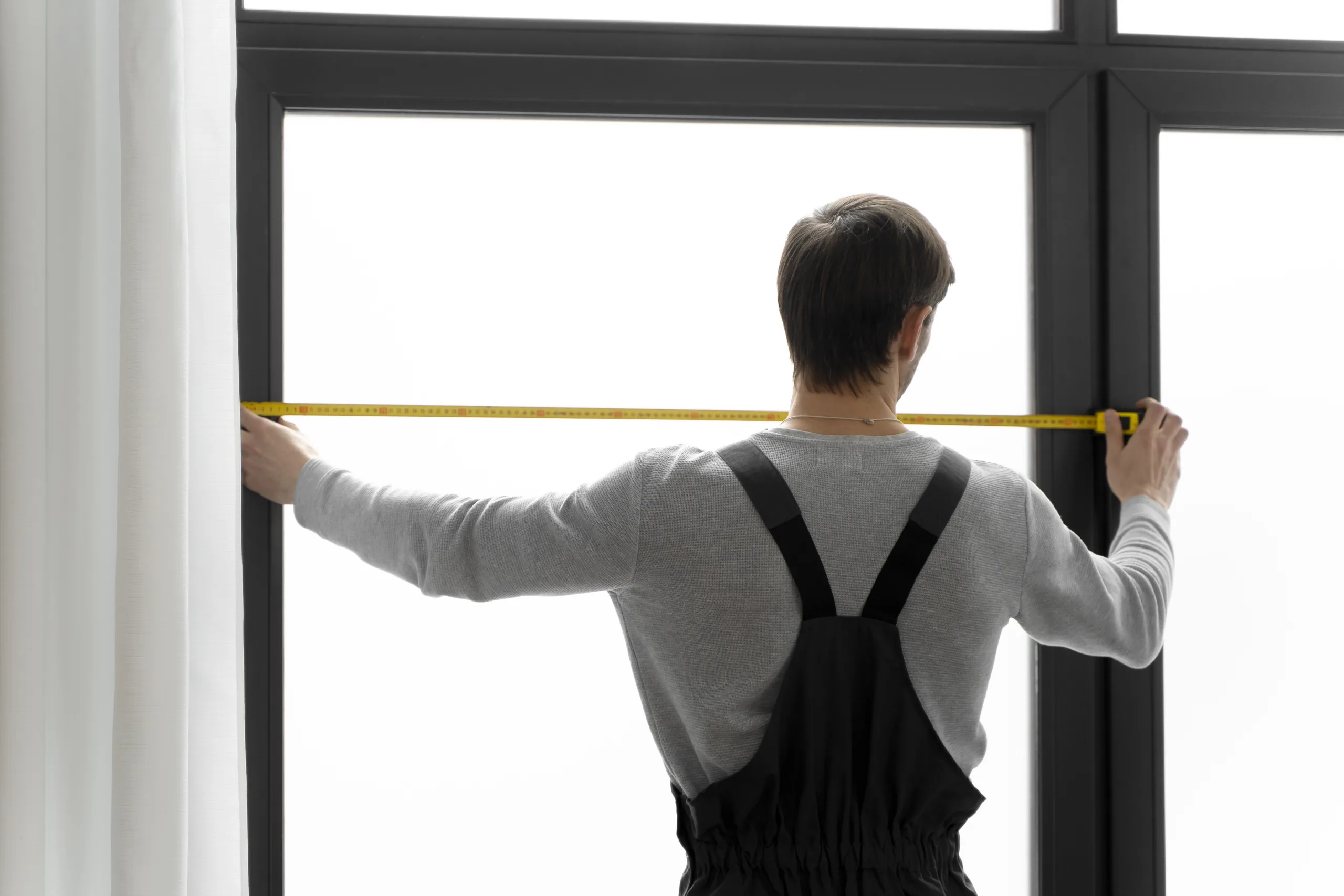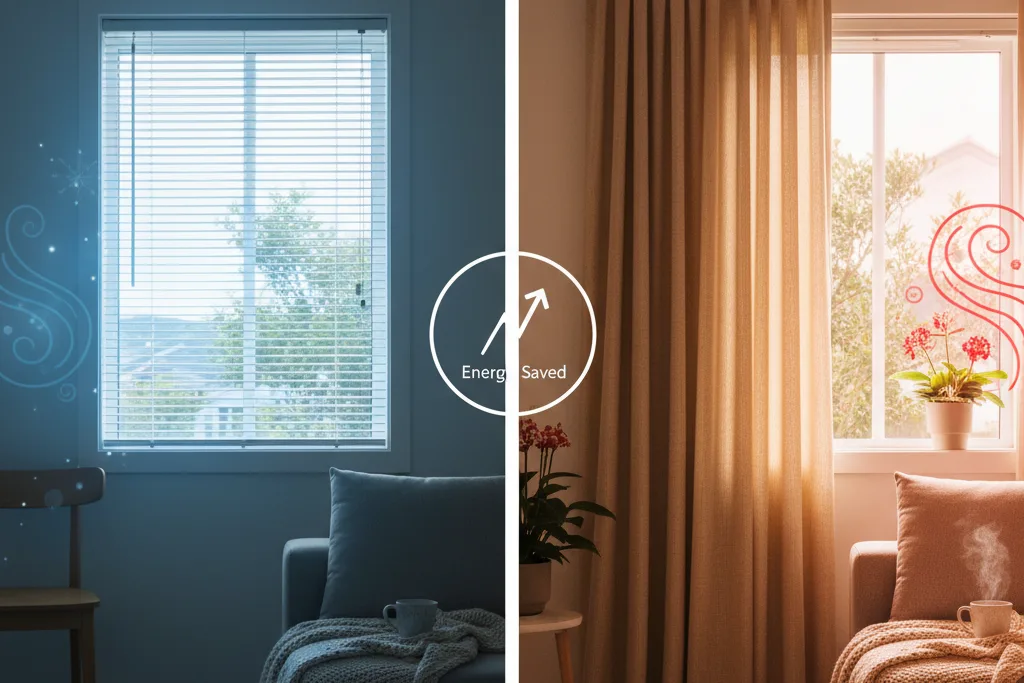Choosing the perfect window treatments for your home can feel like a big decision. You want something that balances style, privacy, and most importantly for a New Zealand home, insulation and warmth. Among the many options, Roman blinds NZ have consistently remained a favourite, offering a luxurious, tailored look that is hard to beat. But are they the best fit for your unique needs?
Before we dive into the details, here’s a quick answer: Roman blinds pros and cons include their superior aesthetic appeal, excellent insulation (especially with thermal lining), and clean, space-saving design, contrasted by their higher potential cost, bulkiness when fully raised, and limited light-filtering adjustability compared to slatted blinds.
Here is a detailed breakdown to help you decide if Roman blinds are the ideal solution for your New Zealand residence.
The Pros: Why Roman Blinds are a Fantastic Choice for Kiwi Homes
1. Timeless Elegance and Luxurious Style
Roman blinds offer a level of sophistication that few other window coverings can match. When lowered, the fabric hangs flat, showcasing the pattern or texture beautifully. When raised, the fabric folds into neat, horizontal pleats, creating a soft, layered, and tailored look. This elegance works with a variety of interior styles, from classic to contemporary, making it a truly timeless investment.
2. Excellent Thermal Insulation
In New Zealand, keeping your home warm and dry is paramount. Roman blinds excel in thermal performance, especially when paired with a quality thermal or blackout lining. The fabric, often thicker than other blind materials, combined with the lining, creates a crucial insulating layer that helps to trap heat inside during the colder months and block excessive heat from the sun in summer. This enhanced insulation can contribute to lower power bills and a more comfortable living environment.
3. Maximum Fabric Versatility and Customisation
Roman blinds are essentially a piece of functional fabric art. Unlike hard blinds (like Venetians), they can be made from a vast array of textile choices—from light, airy linens and cottons (a growing trend in 2025) to heavy velvets and textured weaves. This allows you to perfectly match them to your curtains or soft furnishings for a cohesive design, giving you nearly limitless control over your home’s aesthetic.
4. Clean, Uncluttered Look
If you prefer a clean and tidy aesthetic, Roman blinds are an excellent option. They sit flush against or just above the window frame. Unlike curtains, they don’t take up wall space beside the window and don’t pool on the floor, making them perfect for smaller rooms, kitchens, or studies where space is at a premium.
5. Superior Light Blockout and Privacy
For bedrooms and media rooms, Roman blinds offer exceptional light blockout when fitted with a quality blockout lining. Because they are a single, continuous panel of fabric, they eliminate the small gaps found between the slats of Venetian or vertical blinds, providing a much darker room and high levels of privacy when fully closed.
The Cons: What to Consider Before You Commit
1. Higher Initial Investment
Due to the amount of fabric used and the tailored, custom nature of their construction, Roman blinds often have a higher upfront cost compared to basic roller blind curtains or Venetian blinds. However, for a high-quality, made-to-measure product that offers superior style and insulation, many homeowners view this as a worthwhile long-term investment.
2. Limited Light Control Adjustability
This is one of the most common trade-offs. Once a Roman blind is lowered, you can only choose to raise it fully or partially—there’s no way to tilt slats to precisely filter sunlight. For rooms that require frequent, minute adjustments to light and glare throughout the day (such as a north-facing living room or a home office), a double-blind system (like a sunscreen roller blind paired with a Roman blind) or a slatted blind might be a more practical solution.
3. Bulkiness When Raised
When a Roman blind is fully raised, the fabric stacks up into a pile of neat folds at the top of the window. Depending on the thickness of the fabric, this stack can be quite substantial and may obscure a portion of the window glass, slightly reducing your view and the amount of natural light entering the room. Choosing a flat-fold or flat-stack style can help minimise this bulk.
4. Potential for Mould and Maintenance Challenges
As they are a fabric product, Roman blinds can be susceptible to absorbing moisture, particularly in high-humidity areas like bathrooms, laundries, or rooms with significant condensation. In New Zealand’s climate, this increases the risk of mould build-up. To mitigate this, choose moisture-resistant synthetic fabrics for wet areas, ensure the room is well-ventilated, and spot-clean the blinds regularly. Some fabrics may also require professional dry-cleaning.
Roman Blinds Pros and Cons: A Quick Comparison
To help you weigh your options at a glance, here is a summary of the main roman blinds pros and cons:
| Feature | Pros (Advantages) | Cons (Disadvantages) |
|---|---|---|
| Aesthetics | Timeless elegance and a luxurious, tailored look. Huge range of fabric and pattern choices. | Stacked fabric can be bulky when raised, slightly obscuring the view. |
| Energy Efficiency | Excellent thermal insulation, especially with blockout/thermal lining. Helps reduce heating costs. | Not as thermally efficient as certain cellular/honeycomb blinds. |
| Functionality | Superior privacy and complete light blockout when fully closed. Clean, space-saving design. | Limited light control; it’s an ‘all-or-nothing’ effect (no slat-tilting). |
| Cost & Maintenance | Long-term value as a durable, classic window treatment. | Higher initial cost than basic blinds. Fabric is harder to clean than hard-slatted blinds (potential for mould in high humidity). |
The Gorgeous Curtains Verdict
If you’re looking to bring elegance, fabric texture, and a tailored finish into your NZ home, then Roman blinds NZ are a strong contender—blending the best of blinds and curtains.
At the end of the day, if you value design, fabric quality, a premium finish, and are willing to invest some budget and care, Roman blinds are absolutely worth it. If your priority is ultra-low cost, minimalism, or maximum light and view, you might compare with simpler options.
Feel free to reach out to us if you’d like help choosing fabrics, measuring your windows, or finding the right style for your NZ home.



